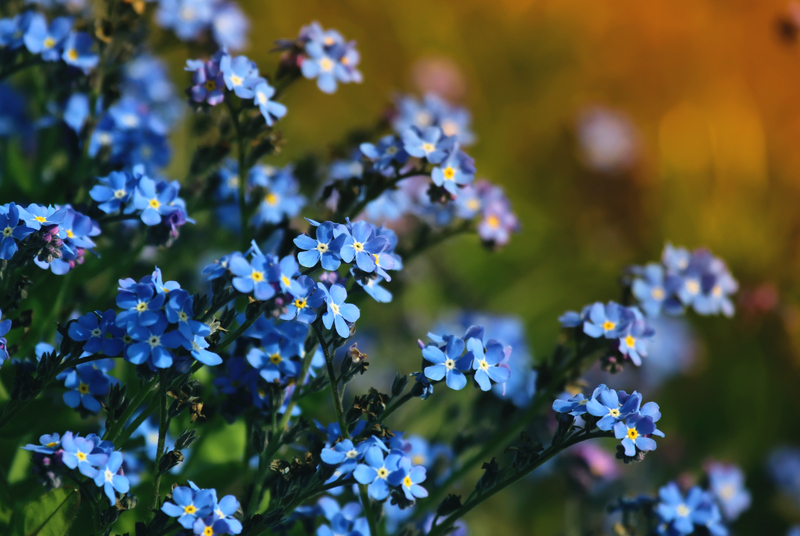Winter Season Lawn Care Tips and Tricks
Posted on 31/01/2025
As the cold winter months approach, many homeowners face the challenge of maintaining their lawns despite the harsh weather conditions. Proper winter lawn care is essential to ensure that your green space remains lush and healthy by the time spring rolls around. Here are some tips and tricks to help your lawn survive and thrive during the winter season.
1. Prepare Your Lawn in the Fall
Before the first frost hits, take some preventive steps to prepare your lawn for winter. Here are a few essential tasks that should be handled during the fall:
- Aerate: Aerating your lawn alleviates soil compaction and allows oxygen, water, and nutrients to reach grassroots more effectively.
- Fertilize: Apply a high-phosphorus fertilizer to fortify the grass for winter. This helps the grassroots develop and store essential nutrients.
- Mow: Lower your mower blades gradually to avoid shocking the grass. The final mow should be about 2-2.5 inches high.

2. Rake Leaves Regularly
Before snowfall, ensure that you remove fallen leaves regularly. Excess leaf cover can smother grass, preventing photosynthesis and causing mold growth. A clean yard will help your lawn breathe during winter.
3. Keep Off the Grass
Excessive foot traffic can compact the soil and damage dormant grass. If possible, keep walkways and paths clear of snow to reduce the need to walk on the grass. Make sure any outdoor furniture or heavy objects are removed from the lawn as well.
4. Use the Right De-Icer
Salt can be harmful to grass and soil structure. If you need to use a de-icer, opt for a more lawn-friendly alternative like calcium chloride or sand. These alternatives still provide traction without damaging your lawn.
5. Protect Against Snow Mold
Snow mold is a fungal disease that can damage your lawn during the winter. It's more likely to develop under heavy snow cover. Reduce the risk by:
- Decreasing the amount of nitrogen fertilizer you apply late in the fall.
- Using fungicides if your lawn has a history of snow mold.
6. Mind the Thatch
Thatch is a layer of organic matter that can build up between the grass and the soil. Excessive thatch can hinder water and nutrient absorption. If you have more than half an inch of thatch, consider dethatching in late fall.
7. Water Appropriately
Even though your lawn is dormant, it still needs some water to prevent dehydration. Water your lawn early in the day to prevent ice formation, and aim for about half an inch every two weeks if there isn't adequate precipitation.
8. Evaluate Persistent Problems
If your lawn battles issues like compacted soil, poor drainage, or pest infestations, winter is a great time to plan solutions. Identify problem areas and prepare to address them when the weather warms up.
Pros and Cons of Winter Lawn Care
While winter lawn care ensures a healthy and vibrant spring lawn, it's important to weigh the benefits and downsides:
Pros:
- A healthier, more resilient lawn in the spring
- Early prevention of fungus and disease
- Improved aesthetics and reduced soil compaction
Cons:
- Requires time and effort during a busy season
- Costs associated with fertilizers, aerators, and lawn-friendly de-icers
- Potential risks if steps are not performed correctly

Key Takeaways
- Start preparing your lawn in the fall for better winter survival.
- Minimize foot traffic and keep the lawn clean and debris-free.
- Use lawn-friendly de-icers and monitor moisture levels.
- Be proactive with thatch management and snow mold prevention.
Conclusion
Taking care of your lawn during the winter might require a bit more effort, but the payoff is well worth it. The steps you take now can significantly affect your lawn's health when spring arrives. By following these tips and tricks, you'll be well on your way to achieving a lush, green lawn that's resilient to winter's harsh conditions. Remember, consistency and preventive measures are key to successful winter lawn care.



